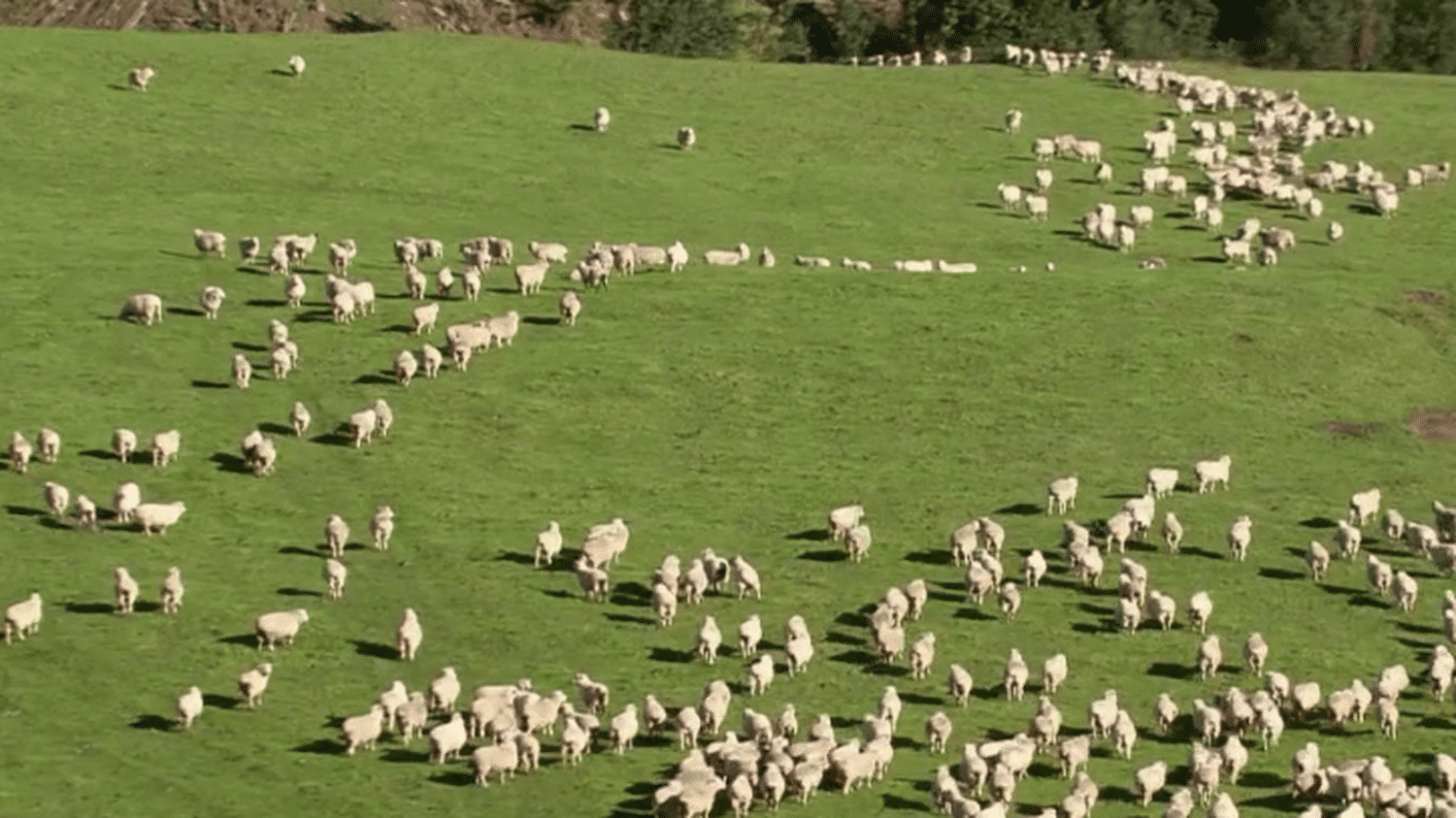Published
Video length: 4 min
Consumption: how to explain the price difference between French lambs and those from New Zealand?
Many French people buy lamb meat as Easter approaches. You have to pay on average 23 euros for a kilo of leg of lamb, compared to 9 euros for its New Zealand equivalent. How to explain this price difference?
(France 2)
Many French people buy lamb meat as Easter approaches. You have to pay on average 23 euros for a kilo of lamb, compared to 9 euros for its New Zealand equivalent. How to explain this price difference?
As Easter approaches, sales of lamb meat double. A meat very popular with the French in March. On the shelves, less than one leg in two is tricolor. Imported meats are entering the European Union en masse. In 2023, more than 125,000 tonnes of New Zealand lambs arrived in Europe. On average, French lamb costs 23 euros per kilo for a leg, compared to 9 euros for its New Zealand equivalent.
Farms much larger than in France
The first explanation for this price gap is the difference in farm size. In New Zealand, there are on average 3,000 animals per herd, compared to only 300 in France. Enough to enable big economies of scale on slaughtering and transport costs. According to Emmanuel Fontaine, sheep breeder in Barisis-aux-Bois (Aisne), these price differences can also be explained by much more demanding specifications in France. Furthermore, today, thanks to free trade agreements, the main lamb exporting countries are exempt from customs duties to the European Union.
Among our sources
National Sheep Federation
Emmanuel Fontaine, sheep breeder
Field price measurements in several hypermarkets
Marie-Pierre Ellies-Oury, agronomist, researcher at INRAE, lecturer at agro sciences Bordeaux
Rural coordination
Article from World
Article from Opinion
Non-exhaustive list.
